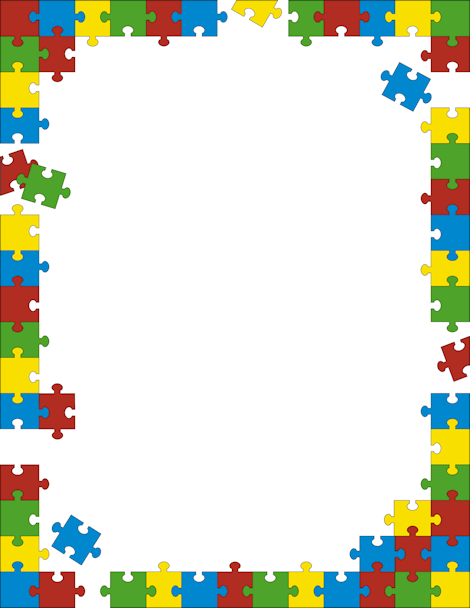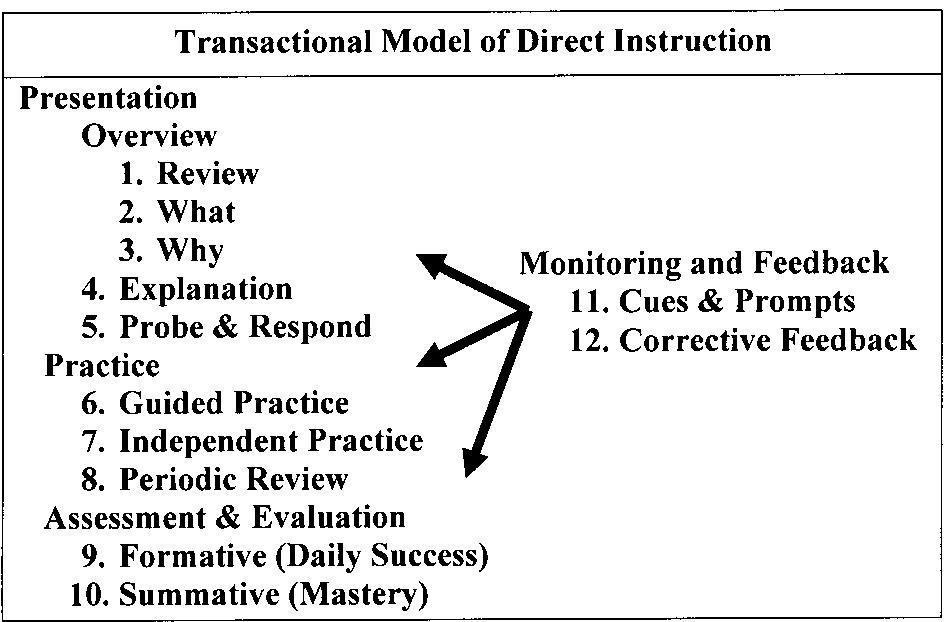As is usually the case, someone says/posts/tweets something that sends me down a road that ends here. Today it was this:
What is Flipped Learning? via @bashaierk https://t.co/d7KRoK17dv#edchat #sunchat #satchat #LTHEchat
— Bashaer Kilani M.Ed (@bashaierk) March 5, 2015
I clicked on the link and read the article, which is a very concise and helpful reminder of what “Flipped Learning” is. In my own experience, the teachers who have struggled with flipping, or struggled with even mustering the courage to try to flip their classroom do so not because they doubt the value or rigor of materials online, or even doubt their own abilities to create good digital material. They don’t flip their classroom because they don’t understand Flipped Teaching.
Let me give an example. I’m a math teacher, and many of the math teachers I know feel that they are the content experts that their students could never be, and so must impart the knowledge to them, in a sequential pattern leading to ultimate understanding at the end of the unit.
Exactly what part of this model fits into a flipped classroom?
For the teacher who wants to flip their classroom, digitally, or simply in their daily approach, they need to think and consider Flipped Teaching. Flipped Teaching is where we take the DI model, and turn it around.
1. Pose the challenge question…the test… first.
2. Send students down the road of independent investigation and practice, with guidance.
3. Probe and discuss what they’ve found, having them explain it to you.
4. Have students deliver a presentation by any of the hundreds of ways they can find or feel comfortable with to demonstrate their mastery.
Once teachers understand the Flipped Teaching idea, then the manner whereby students obtain their information will become a byproduct of the idea and the challenge they need to solve. I won’t hear “I don’t know how to record lessons as videos, and I certainly don’t have the time to” anymore. I’ve said this before. If a student can type faster than I can, they have more information than I have. It’s not my job as a teacher to deliver information to them in pieces. It’s my job to make them aware that the pieces exist, and fit together, then help them until they’ve put together the puzzle.
Remember, some kids need the border first.

Others do the insides.
Others…
Let’s teach them all.




